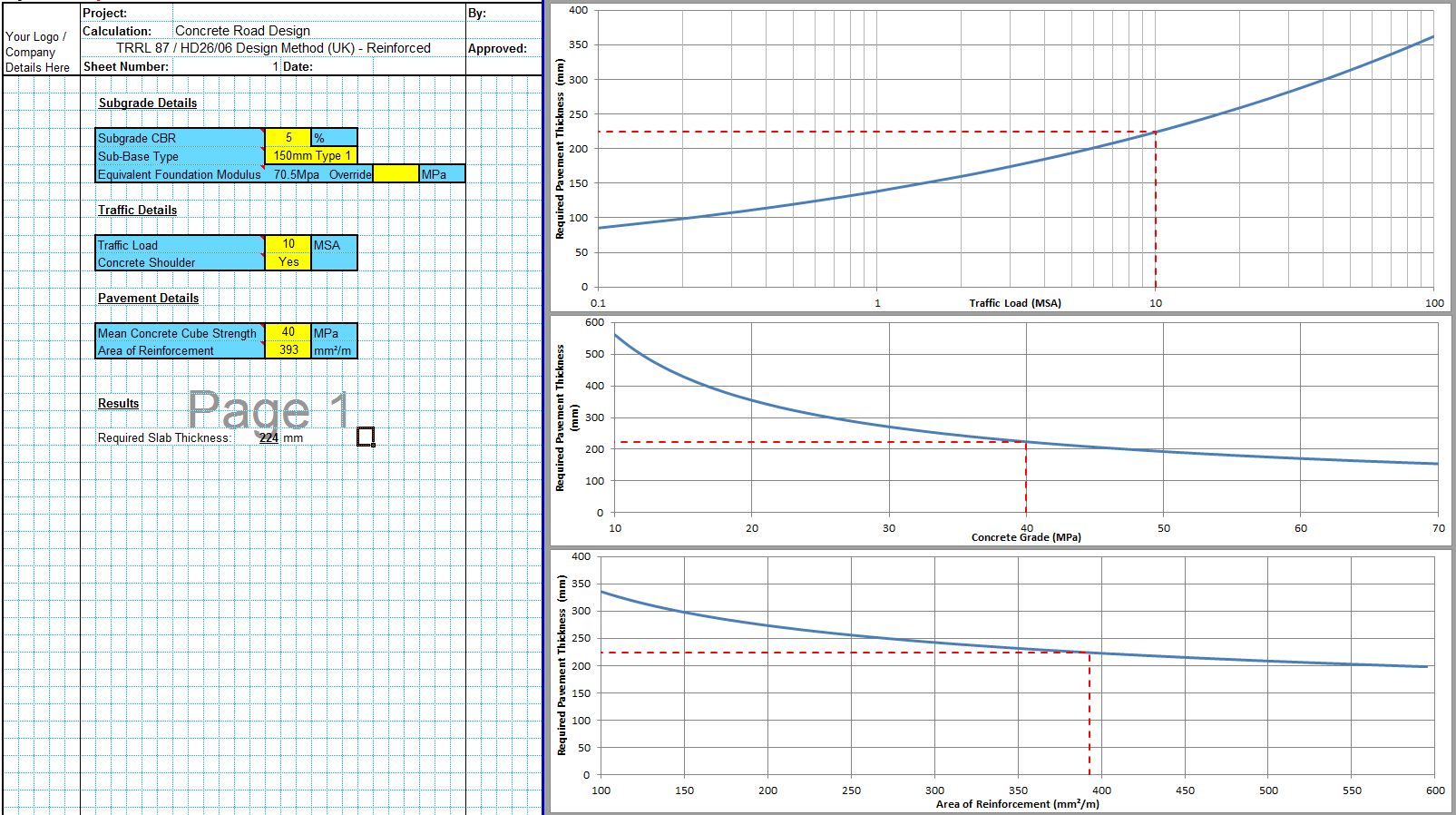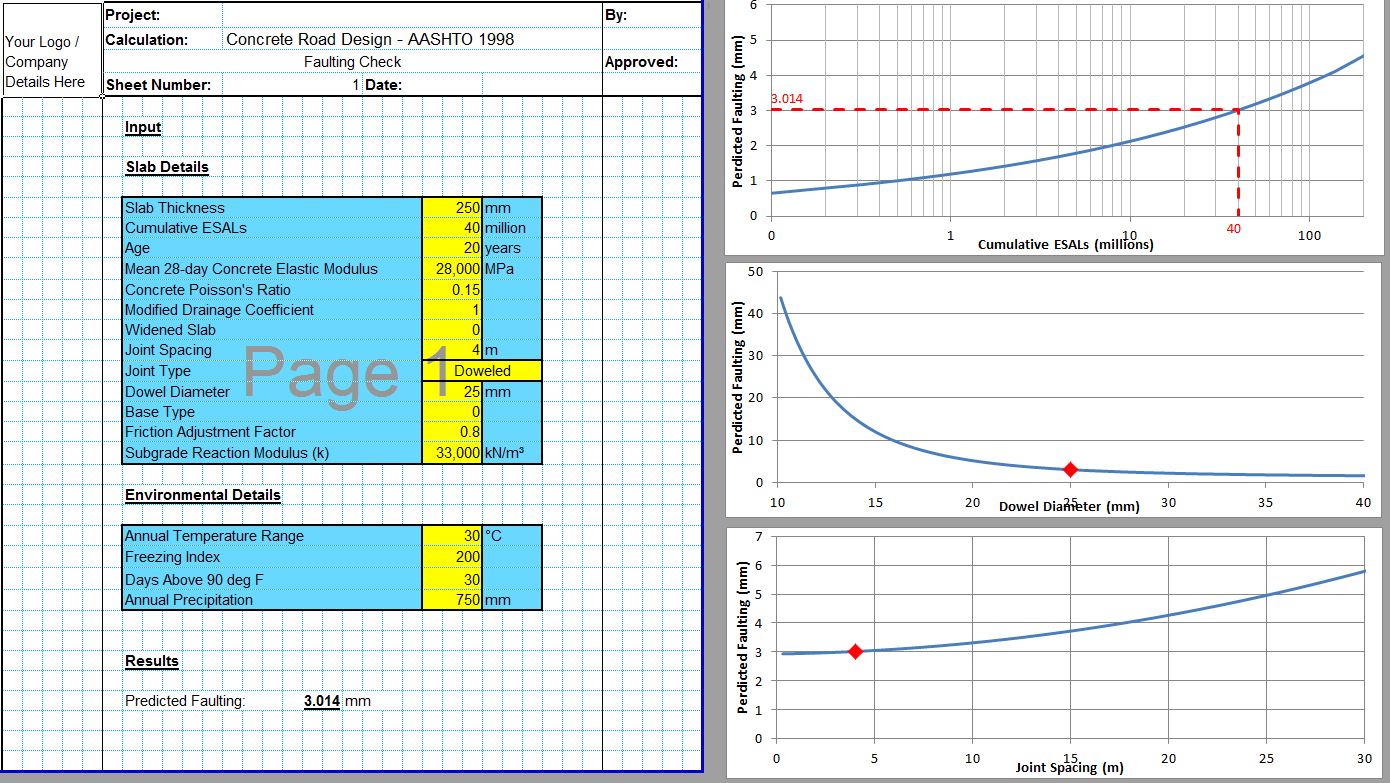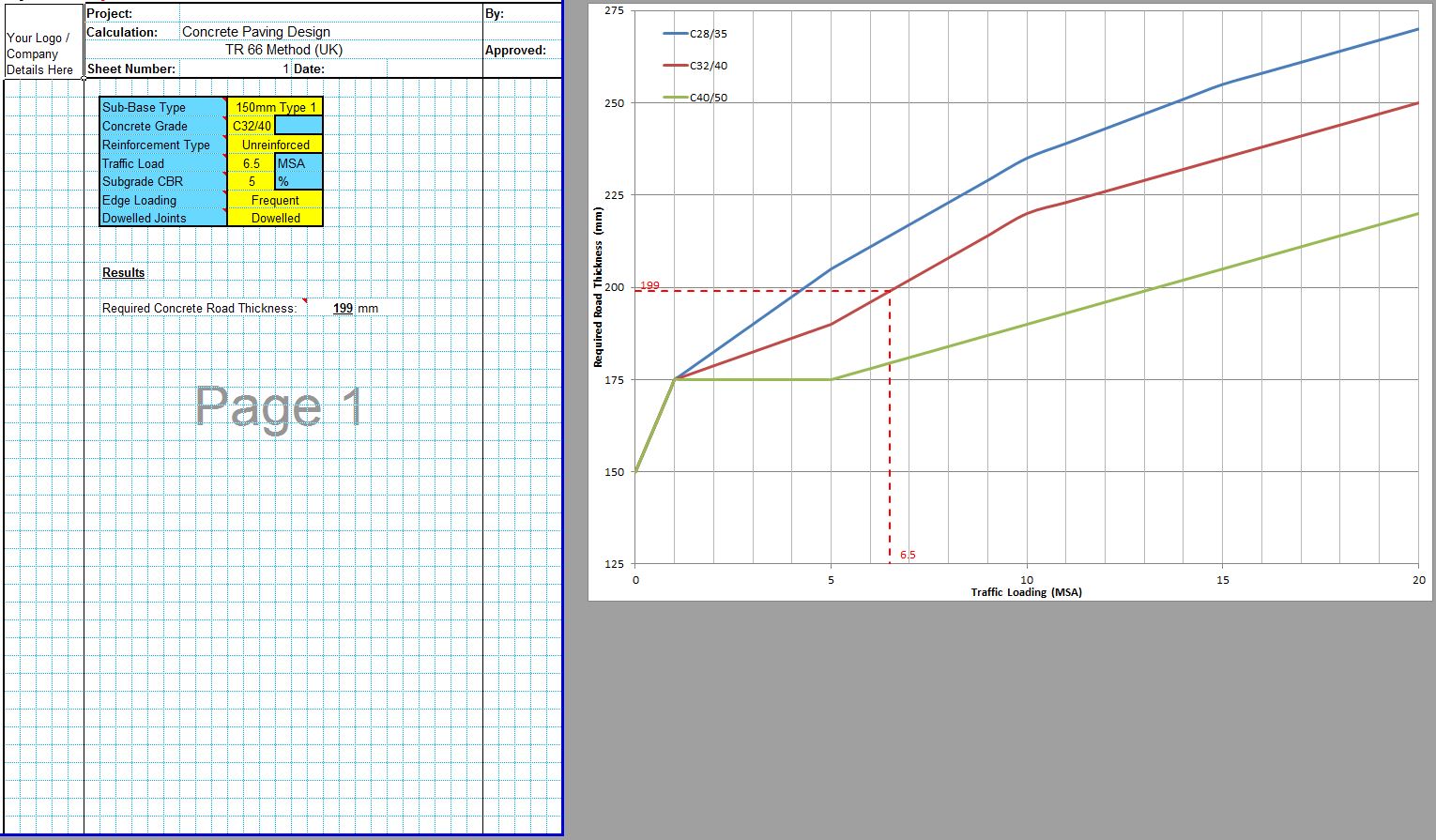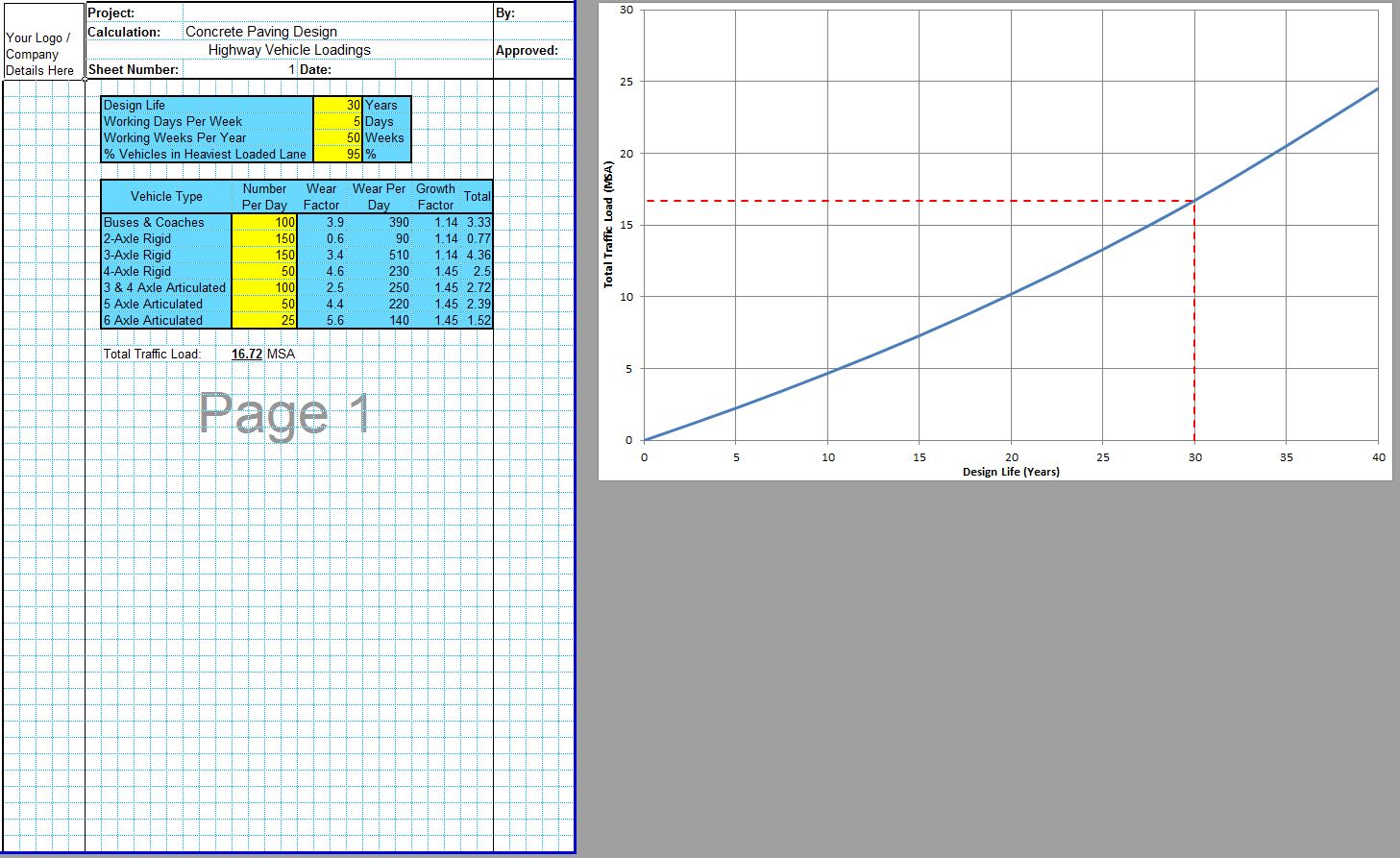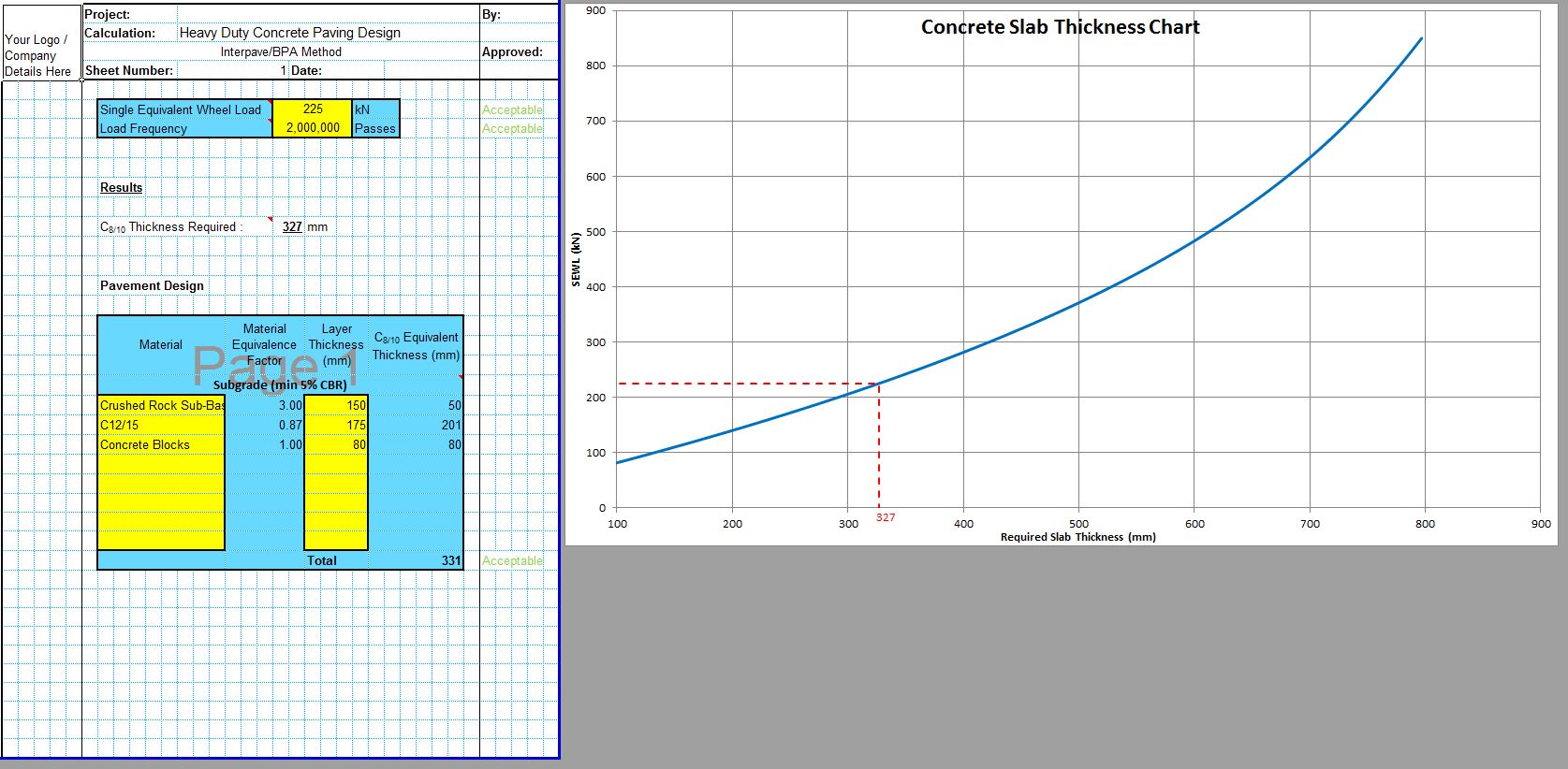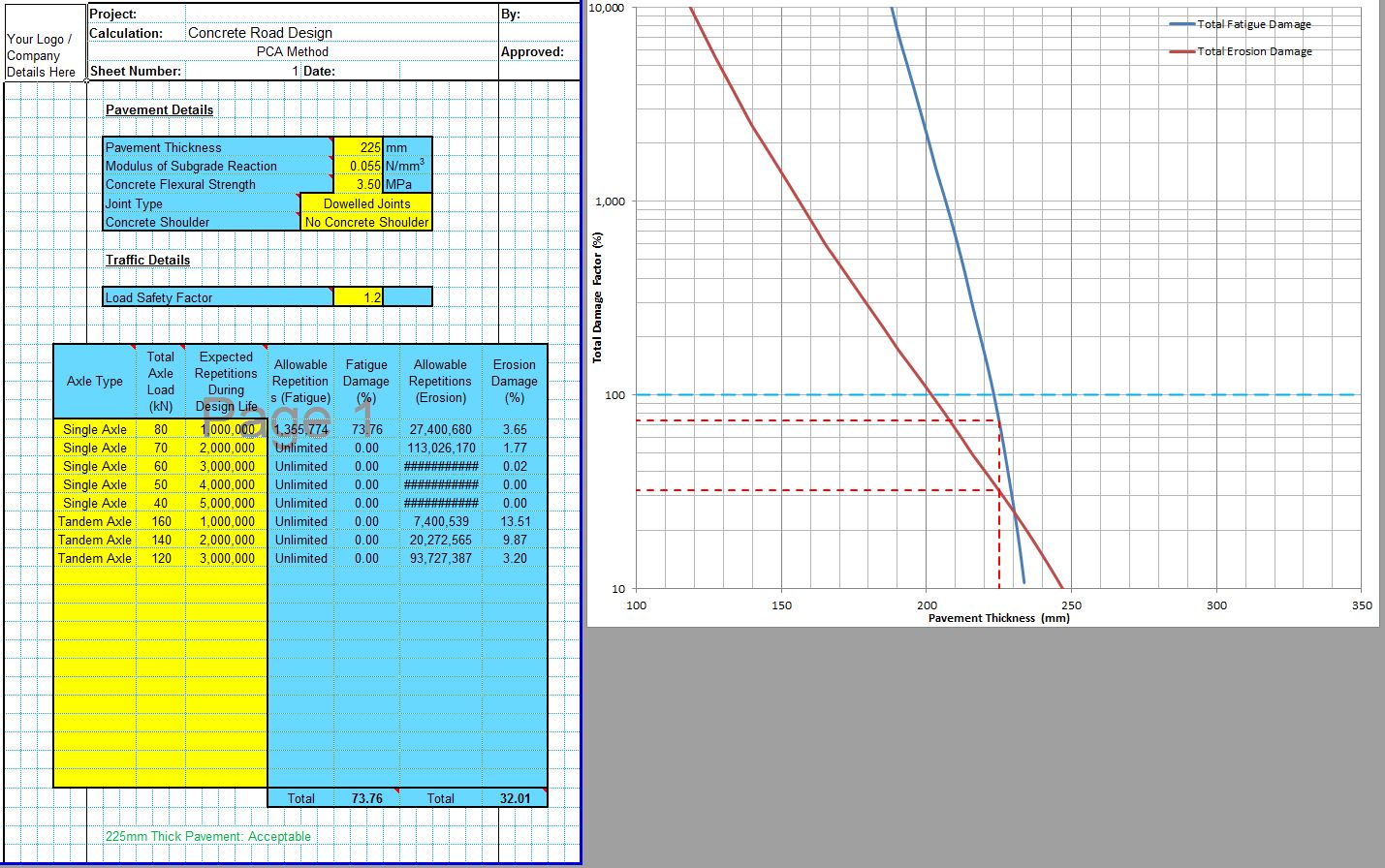The radius of relative stiffness is a term derived by Westergaard to describe the relative stiffness of a rigid pavement slab and its supporting soils. The radius of relative stiffness is incorporated into the Westergaard analysis methods of rigid pavement design and in several subsequent methods of analysis.
Radius of Relative Stiffness Definition
The radius of relative stiffness is a useful term describing the relative stiffness of the slab compared to its foundation. In Westergaard’s equations the distance from the centre of the slab to the point of contraflexure is equal to the radius of relative stiffness for the interior loading condition. The radius of relative stiffness is sometimes included in the Westergaard equations as a separate parameter, sometimes it is broken into its constituent parts. Further information on Westergaard's method of analysis is included in our Design of Rigid Pavements by the Westergaard Method post.
Radius of Relative Stiffness Formula
The radius of relative stiffness for the Westergaard equations assuming a liquid Winkler foundation can be calculated using the below equation where E is the Young’s Modulus of the slab, h is the thickness of the slab, v is the Poisson’s ratio of the slab and k is the modulus of subgrade reaction;
For an elastic solid foundation the following equation can be used to calculate the radius of relative stiffness with the same parameters but with Es equal to the Young’s modulus of the subgrade and vs equal to the Poisson’s ratio of the subgrade.
The Westergaard method of rigid pavement analysis assumes that the concrete pavement is founded on a dense liquid foundation. The dense liquid foundation or Winkler foundation is used in order to simplify the equations.
In reality the pavement foundation behaves somewhere between a dense liquid and an elastic solid. The dense liquid foundation assumption is generally accepted as being suitable for most rigid pavement applications. Any deviations from reality tend to be conservative and the liquid foundation has been shown to better predict the stresses from the edge and corner loading conditions which are usually the critical ones.
Radius of Relative Stiffness in Westergaard Analysis
The Westergaard method of rigid pavement design requires the radius of relative stiffness to be calculated in order to complete the stress analysis. The CivilWeb Westergaard Method for Rigid Pavement Design Spreadsheet completes these calculations in accordance with the radius of relative stiffness formula as shown above.



